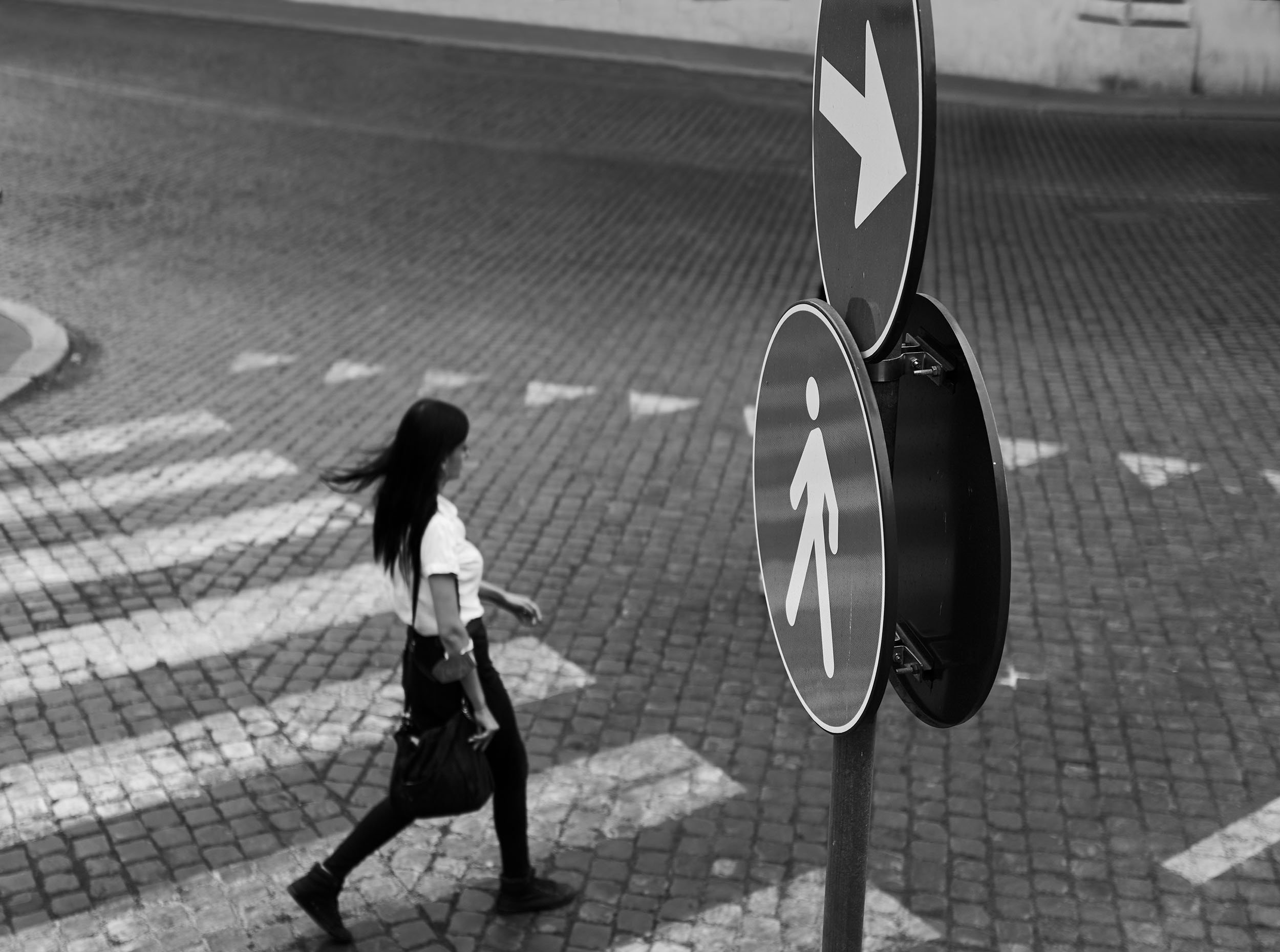6 Simple Techniques For Street Photographers
6 Simple Techniques For Street Photographers
Blog Article
The Single Strategy To Use For Street Photographers
Table of ContentsThe Best Guide To Street PhotographersFascination About Street Photographers4 Easy Facts About Street Photographers ExplainedThe Best Guide To Street PhotographersThe 15-Second Trick For Street Photographers
, a category of digital photography that records day-to-day life in a public place. The very publicness of the setting enables the digital photographer to take candid images of complete strangers, frequently without their understanding. Road photographers do not necessarily have a social objective in mind, however they choose to separate and record moments which may or else go undetected.Though he was affected by a lot of those that affected the road professional photographers of the 1950s and '60s, he was not mainly curious about catching the spirit of the road. The impulse to aesthetically record people in public began with 19th-century painters such as Edgar Degas, douard Manet, and Henri de Toulouse-Lautrec, that functioned side by side with photographers attempting to record the significance of urban life.
Because of the fairly primitive modern technology available to him and the long direct exposure time needed, he struggled to catch the stress of the Paris roads. He trying out a series of photo methods, trying to locate one that would certainly enable him to capture activity without a blur, and he found some success with the calotype, patented in 1841 by William Henry Fox Talbot. While the professional photographers' topic was essentially the very same, the outcomes were markedly various, showing the influence of the digital photographer's intent on the personality of the photos he created.
About Street Photographers
Offered the great top quality of his pictures and the breadth of material, engineers and artists often got Atget's prints to use as reference for their own work, though commercial rate of interests were hardly his main motivation. Rather, he was driven to photograph every last remnant of the Paris he enjoyed.

Unlike his peers, Brassa utilized a larger-format Voigtlnder video camera with a longer exposure time, compeling him to be much more computed and thoughtful in his practice than he might have been if making use of a Leica. (It is believed that he might not have been able to pay for a Leica back then, yet he did, nonetheless, make use of one in the late 1950s to take colour photographs.) Brassa's photos of the Paris abyss illuminated by synthetic light were a discovery, and the collection of the series that he released, (1933 ), was a major success.

Street Photographers for Beginners
It is due to the fact that of this fundamental understanding of the art of image taking that he is typically credited with rediscovering the tool throughout again approximately a century since its creation. He took photographs for even more than a half century and influenced generations of photographers to trust their eye and intuition in the moment.
These are the inquiries I will attempt to answer: And after that I'll leave you with my very own definition of street photography. Yes, we do. Let's begin with specifying what a meaning is: According to it is: "The act of specifying, or of making something certain, distinctive, or clear".
No, absolutely not. The term is both restricting and misleading. Seems like a street photography must be photos of a roads appropriate?! And all street professional photographers, with the exception of a handful of outright beginners, will completely value that a road is not the vital component to street digital photography, and really if it's an image of a street with perhaps a couple of boring people not doing anything of rate of interest, that's not road digital photography that's a photo of a road.
The Ultimate Guide To Street Photographers
He makes a legitimate point do not you assume? However, while I agree with him I'm not exactly sure "honest public digital photography" will certainly catch on (although I do sort of like the term "honest photography") due to the fact that "street photography" has been around for a long time, with numerous masters' names affixed to it, so I think the term is here to stay.
Inside?! I hear you yell as you shake your clenched fist to the skies. Why not? You can contend the beach, at my latest blog post a festival, in an alley, in a park, in a piazza, in a coffee shop, at a museum or art gallery, in a metro terminal, at an event, on a bridge, under a bridge ...
Yes, I'm scared we have no selection! Without guidelines we can not have click here to find out more an interpretation, and without a meaning we don't have a category, and without a style we don't have anything to specify what we do, therefore we are embeded a "regulations interpretation category" loop! And no-one intends to obtain embeded a loophole. - Street Photographers

Report this page